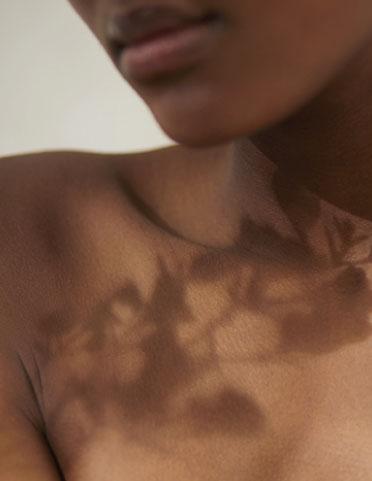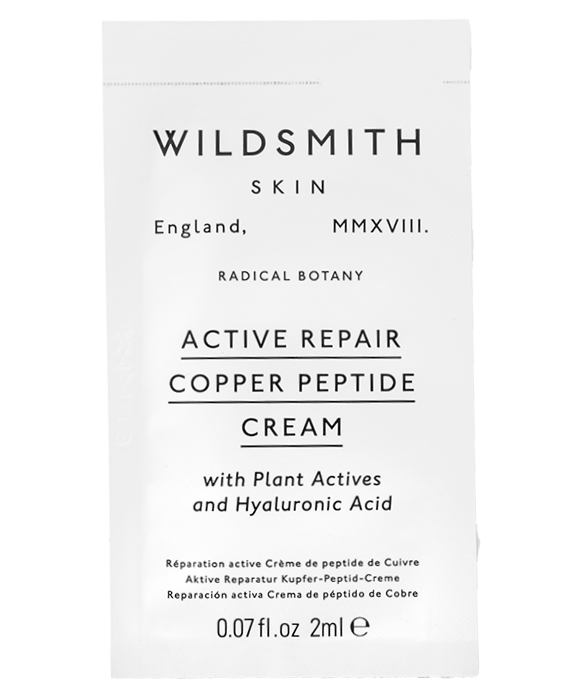Claire Coleman asks two skincare professionals for their views on this perennial post-summer problem

What is pigmentation? We ask Alexis Granite, dermatologist at Mallucci London
"Brown marks and uneven skin tone that seem to get worse post-summer are known as hyperpigmentation and are caused by an overproduction of melanin, the pigment that gives skin its colour. No matter how careful you are, almost all types of pigmentation will darken over the summer because of your inevitable increased exposure to UV. So whether you have freckles, which tend to be lighter in colour and have a discrete boundary, solar lentigines (also known as age spots or sunspots), which tend to be darker than freckles, or melasma, a patchier form of pigmentation that usually covers broader areas and is often related to hormonal activity, they will all be a few shades darker when autumn rolls around.
How to Treat Pigmentation?
“Freckles and lentigines can usually be treated very effectively using lasers or chemical peels. Melasma, however, is trickier to treat. I wouldn’t recommend using lasers as while they may temporarily improve the condition, often it comes back worse than it was before. It’s one of the most unpredictable forms of pigmentation in that it can shift over time. Because of the role that hormones play, melasma often fades with the menopause — although that may be less likely if hormone levels are kept artificially high with HRT.
“There are a number of prescription solutions that work to tackle pigmentation. Oral tranexamic acid, which has previously been prescribed to treat heavy periods as it encourages clotting, has been shown to be effective in treating melasma. Topical retinoids are useful for a number of different skin conditions, including acne and wrinkles, and may be prescribed in a combination treatment with hydroquinone and a topical steroid.
“There has historically been some concern around hydroquinone actually causing discolouration with overuse, but with newer formulations this is quite rare. However, I would advise only using hydroquinone under the care of a professional and for limited periods of three to four months at a time.
“When treating any form of pigmentation, it is important to minimise irritation as this may exacerbate the condition, especially on darker skins. I advise consulting with a skincare specialist when going further than over-the-counter products to treat discolouration.”

Tarryn Warren, facialist at Bodyism, explains the different types of pigmentation and how to fix them
“In autumn, everyone comes back with a lot of pigmentation — just because even the lightest stimulation of the melanocytes [the cells that produce melanin] through exposure to UV means that any underlying pigmentation pops up.
“It’s important to know what you’re dealing with, so my first question is always about whether it’s pigmentation that tends to go in the winter — freckles and pigmentation spots tend to fade and be less noticeable. If so, these can be treated with laser or peels as they’re quite close to the surface and will break down easily. If a client is looking for a topical solution, simple ingredients that they can use at home, such as vitamin C and retinol, these in combination with red LED light can help the pigmentation to relax a bit and go back to pre-summer levels.
“Melasma is different – it’s deep dermal pigmentation and tends to cover a larger area. It can’t be treated with lasers or IPL as you often end up stimulating further production of melanin, so peels are a better option.
“It’s also worth thinking about the inflammatory aspects of pigmentation. If people are subject to post-inflammatory hyperpigmentation, they’ll often tell you they get a dark mark on their skin after they’ve had a spot. That means you have to treat any pigmentation in a way that doesn’t cause any further inflammation — gently, over a long period with light peels and home care products. I might also suggest an anti-inflammatory diet. If someone’s body is prone to inflammation, things like coffee and acidity in their system will leave them more prone to pigmentation, so you have to look at taking a holistic approach that targets that acidity.
“Pigmentation is hard – there are many ways to treat it, but the most successful approaches seem to involve a combination of treatments. You can’t just treat it once and expect that to be the end of it.”

The Wildsmith Prescription: Products to help with your pigmentation
“Pigmentation issues, such as sunspots and age spots are very common, and are one of the top concerns for Wildsmith’s facial clients.
“We have been seeing a significant reduction in the appearance of pigmentation from using our Copper Peptide Serum.
“The serum contains an extract from the prickly pear, which is rich in essential fatty acids, antioxidants, polyphenols and notably vitamin K.
“This vitamin has been recognised for its ability to lighten hyperpigmentation for a clearer, brighter, more even-looking complexion.”
Kelly Partner, Head of New Product Development
Explore Wildsmith's Moisturisers, Serums and Creams for more information and frequently asked question on our products





